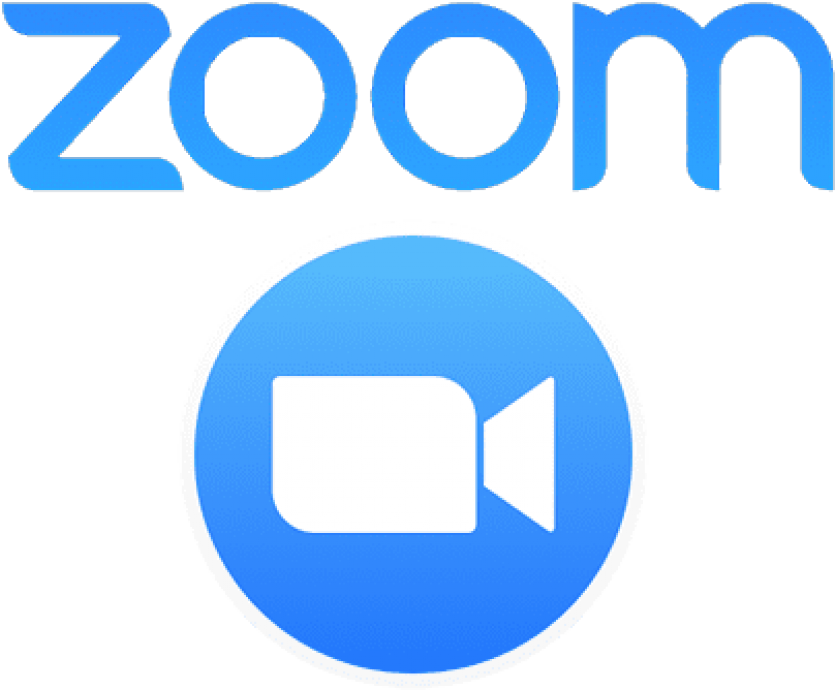Simons Observatory & CMB-S4 Workshop
Alignment of Respective Science and Infrastructure Capabilities
VIDEO RECORDING: see download links after participant list
This collaborative activity is undertaken under the auspices of the Memorandum of Understanding between The Regents of the University of California in its capacity as the manager and operator of the Lawrence Berkeley National Laboratory as the lead DOE laboratory for the Cosmic Microwave Background Stage 4 (CMB-S4), the Regents of the University of California San Diego on behalf of the Simons Observatory (SO), and the University of Chicago as lead institution for the National Science Foundation (NSF) portion of the CMB-S4 Project.
Objective: This short workshop brings together representatives from the two projects (SO and CMB-S4) to reach a common understanding of the minimum set of interfaces and specifications needed to evaluate and define scenarios for the use of SO infrastructure and/or data as part of a program to attain the science goals of CMB-S4.
Scenarios targeted for this workshop include use by CMB-S4 of:
-
the SO LAT(SO) with a LATR provided by the CMB-S4 Project
-
the SO LAT with a LATR provided solely by SO (ASO)
-
SO data management infrastructure and data (with or without ASO)
-
SO site infrastructure (with or without ASO)
The focus of the workshop is on identifying interfaces between SO/ASO and S4 for these scenarios and a framework for cost and schedule evaluation, not on defining the managerial processes for implementing possible scenarios.
Charge:
Participants from each project will form four working groups (WGs) to address topics in four areas, all in the context of possible contributions to CMB-S4 from SO/ASO:
-
Meeting Science Requirements for CMB-S4
-
LAT and LATR and DAQ Critical Interface Requirements
-
Site Critical Interface Requirements
-
Data Management Critical Interfaces
Each WG will have two co-chairs, one from each project. Representative charge questions for each WG are given below. The WG are encouraged to develop (and answer) additional questions. Working groups will exchange information and may meet prior to the workshop. Each WG is asked to collaboratively produce a short ~ 2-page summary document, with links to background and contextual information as needed.
Participants:
| Simone Aiola (SO DM L2) |
| Kam Arnold (CMB-S4 Chile Site co-lead & SO co-lead) |
| Andrew Bazarko (SO and ASO PM) |
| Brad Benson (CMB-S4 LATR co-lead) |
| Bobby Besuner (CMB-S4 Project Engineer) |
| Julian Borrill (CMB-S4 DM co-lead) |
| Erminia Calabrese (SO Theory and Analysis Committee Chair) |
| John Carlstrom (CMB-S4 Measurement/Science p.o.c.) |
| Susan Clark (ASO Project Scientist) |
| John Corlett (CMB-S4 interim Project Director) |
| Mark Devlin (SO LATR L2 and ASO PI / Director) |
| Jo Dunkley (ASO Deputy Director and ASO L2 lead for DM) |
| Nick Emerson (CMB-S4 LAT ) |
| Brenna Flaugher (CMB-S4 Technical Integration Scientist) |
| Gil Gilchriese (CMB-S4 interim Deputy Project Director) |
| Colin Hill (ASO Project Scientist) |
| Kevin Huffenberger (CMB-S4 Collaboration Science Council Chair) |
| Brian Keating (SO Project Office Director and SO SATP L2) |
| Adrian Lee (SO SAT L2) |
| Matthaeus Leitner (CMB-S4 Project Manager) |
| Michele Limon (SO LAT L2) |
| Jeff McMahon (SO Integration L2 and ASO Instrument Scientist) |
| Joel Meyers (CMB-S4 Collaboration Science Council Chair) |
| Laura Newburgh (CMB-S4 DAQ co-lead & SO DAQ L3) |
| Mike Niemack (CMB-S4 LAT co-lead & SO co-lead) |
| Mauricio Pilleux (CMB-S4 Chile Site) |
| John Ruhl (CMB-S4 Measurement/Science) |
| Gary Sanders (SO and ASO EPM) |
| Suzanne Staggs (SO Spokesperson, SO Detectors L2, ASO OT L2) |
| Jeff Zivick (CMB-S4 Project Manager) |
Join Zoom Meeting:
 Workshop Zoom Connection
Workshop Zoom Connection
- Zoom Meeting ID
- 96875310096
- Description
- Meeting ID: 968 7531 0096 Passcode: 79945509 One tap mobile +13017158592,,96875310096#,,,,*79945509# US (Washington DC) +13126266799,,96875310096#,,,,*79945509# US (Chicago) Dial by your location +1 301 715 8592 US (Washington DC) +1 312 626 6799 US (Chicago) +1 646 558 8656 US (New York) +1 253 215 8782 US (Tacoma) +1 346 248 7799 US (Houston) +1 669 900 6833 US (San Jose) Meeting ID: 968 7531 0096 Passcode: 79945509 Join by SIP 96875310096@zoomcrc.com Meeting ID: 968 7531 0096 Passcode: 79945509
- Host
- Local Organizing Committee
- Zoom URL
-
